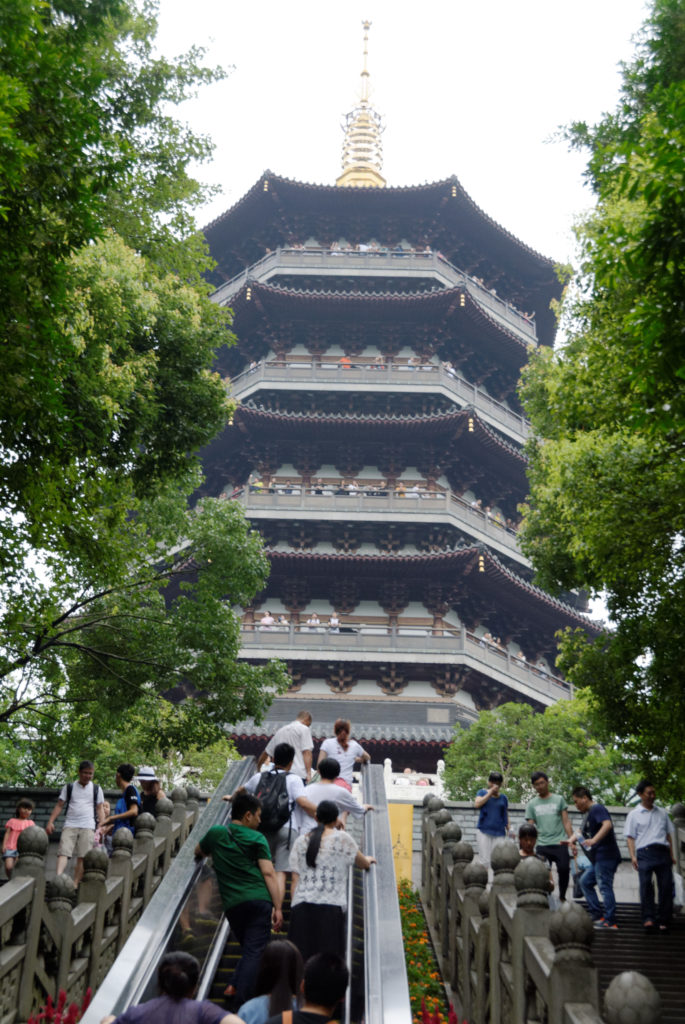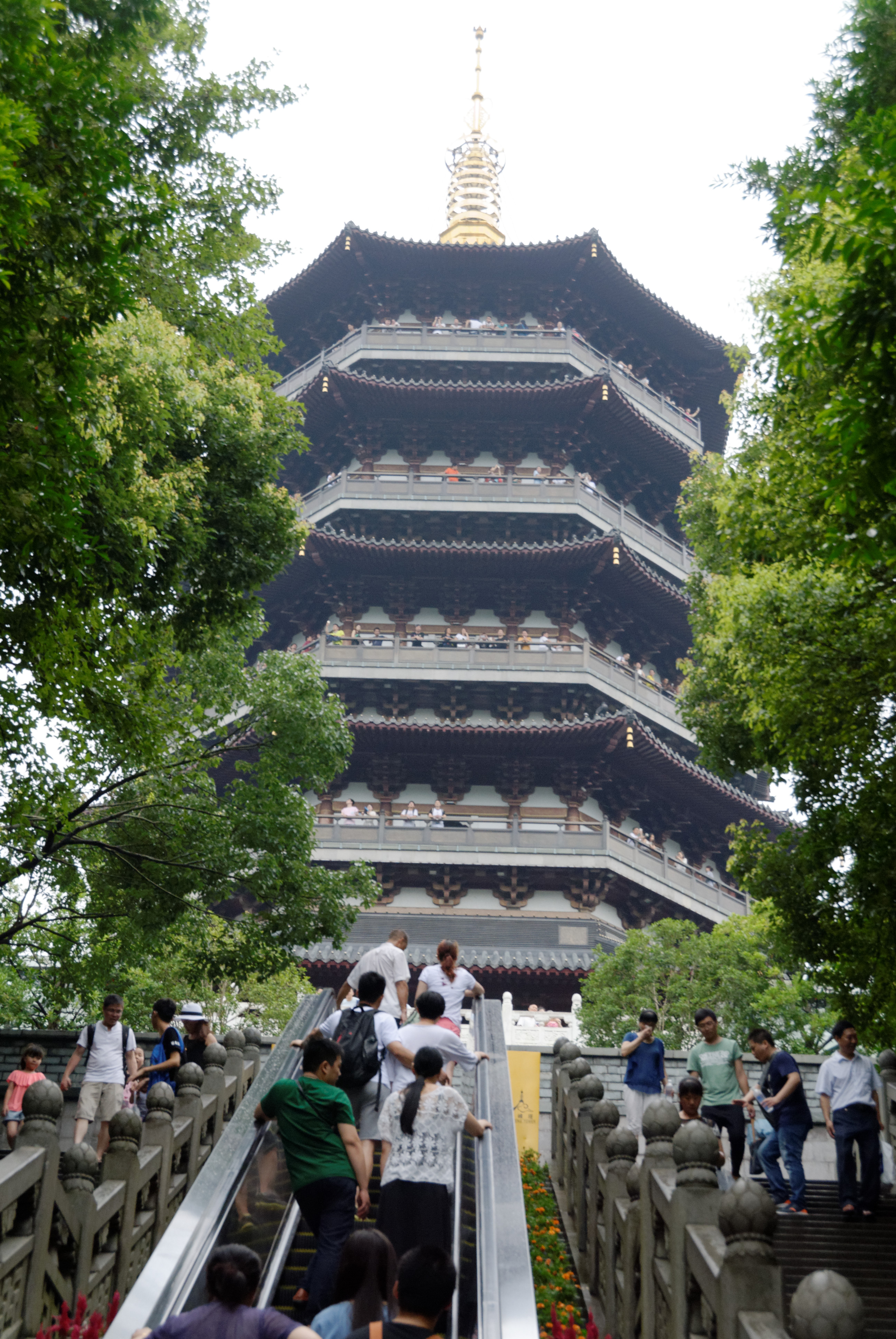
SUNTHAR VISUVALINGAM / ELIZABETH CHALIE
Spirituality in Indian culture has been generally perceived as an ascetic discipline mostly expressed through and culminating in world renunciation. Lifelong restraint of the senses (yoga) was typically undertaken by males, whether as solitary individuals (e.g., Jain monks) or in organized communities (e.g., Buddhist sangha). Female sexuality was the primary temptation to confront along the arduous path predicated on conservation and sublimation of virile energy. Chaste women who defied the instinctual demands of their reproductive body to seek such liberation were embracing an essentially male spirituality.
The subsequent tantric ‘revolution’ aimed on the contrary to exploit mutual sexual pleasure as springboard to self-transcendence that instead enhanced sensual enjoyment, but free of delusory worldly entanglements.
The instinctual inheritance of our animal physiology was visualized to be rooted at the base of the spinal column as a coiled dormant snake that upon awakening would rise to unite with cerebral self-awareness.
This kiss of the serpent resulted not only in the (inner) ‘death’ of the (limited worldly) self: the fiery expansion of consciousness (agni) consumes the entire body to be drenched with the rejuvenating elixir (soma) of immortality. Already encapsulated in the Vedic Agni-Soma complex, such esoteric knowledge was diversely propagated in later Hindu mythology, e.g., through a forest conflagration extinguished by torrential rains, narrated in an erotically charged context.
The Legend of the White Snake reconfigures this trans-sectarian tantric vision into the ideological parameters of Chinese popular culture. Having performed austerities for a thousand years, Bai Suzhen is instructed by the Goddess of Mercy to live as a human to attain liberation.
The virtuous snake falls deeply in love with and marries the mortal healer Xu Xian. But her unwitting husband’s vital force is sapped away by this ‘unnatural’ union with her demonic essence, culminating in his sudden death upon witnessing her reversion to reptilian form.
The faithful wife then risks her life to steal the elixir of immortality from its heavenly guardians. All this while, puritanical monk Fahaiis was bent on exposing and capturing the snake with his magic staff and begging bowl. As Xian, with the Mind-Demon finally helpless within his pure body, is scorched alive amidst sacred chanting, Bai in this climax invokes the flood to extinguish the fires. Defeated in battle, the now pregnant demon is spared and, having served her purpose, banished beneath the basement of Lei Feng pagoda at West Lake in Hangzhou city.
Chinese ‘religion’ was already a fusion of two distinct ritual traditions: Confucianist ethics that underpinned the social order and Taoist esotericism that permeated popular culture. The introduction of Buddhist monasticism ran counter to their respective this-worldly orientation and quest for bodily rejuvenation.
Indian tantricism, exemplified by this elevation of the serpent power, offered a fresh platform for harmonizing their rival claims. Taoist ‘immortality’ became grounded in self-transcendence, inner renunciation the precondition for full enjoyment of the world. The child-prodigy conceived through such consummate sexual union was believed to be born of and for enlightenment (bodhi-citta). Topping the imperial exams before returning to redeem his imprisoned demon mother, Bai’s ‘orphaned’ son is not a happy afterthought appended to an otherwise tragic tale of impossible love.
The Indian embodiment of such harmonious synthesis is the tantric sage Abhinavagupta (c. 950-1016 CE), believed to be the ‘offspring’ (yogini-bhu) of such a felicitous union. The transgressive nature of such practice is underlined through the motif of theft, which is how Vedic god Indra acquired the Soma: hence the ‘unaccountable’ (stolen) treasures that Bai keeps conferring on Xian, for which the ‘innocent’ husband is even punished. Yet Abhinavagupta’s authoritative public writings on theater and the arts are imbued with the overriding intention to preserve and reinforce the Hindu socioreligious order (dharma).
The White Snake opera, which ends with the filial son redeeming his parents, begins by declaring:

“They disclosed the immortal design (…) With the Three Teachings accomplished, all hatred was gone” Devout custodian of Buddhism, Confucianism and (Manchu) shamanism, the Qianlong Emperor was so impressed during his 1765 tour of South China that this supreme connoisseur brought its performance back to Beijing to celebrate in 1771 the 80th birthday of his beloved mother, the empress-dowager.
Touring Hangzhou’s Ling Yin temple (July 3, 2016) during our first visit to China (Shanghai), we stopped to pay respect to the dedicated scholar-monks who had broughtsuch spiritual wisdom from India. Youthful Chinese pilgrims kept asking Sunthar, the brown-skinned stranger, to join in selfies before these statues.
Heading directly from there to Lei Feng pagoda, we came across key scenes from the legend carved into wood panels along its inside walls. As students of comparative religion and Hindu tantrism, we could immediately ‘recognize’ its hidden meaning. Having recently enjoyed (on Netflix) all 36 episodes of its most recent (web-) production, we feel privileged to share thisbareoutline of our decipherment.







